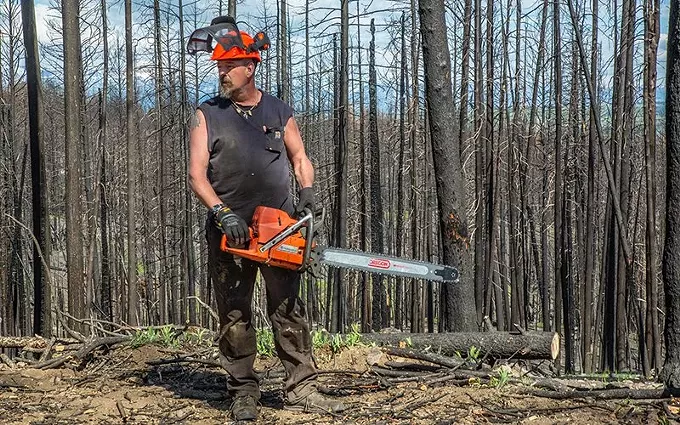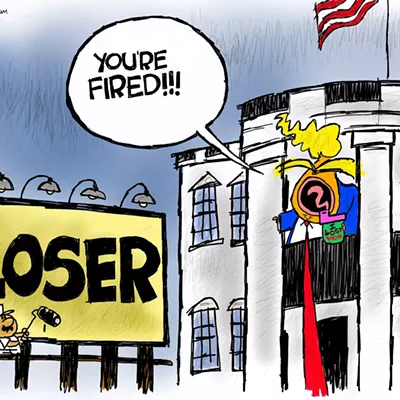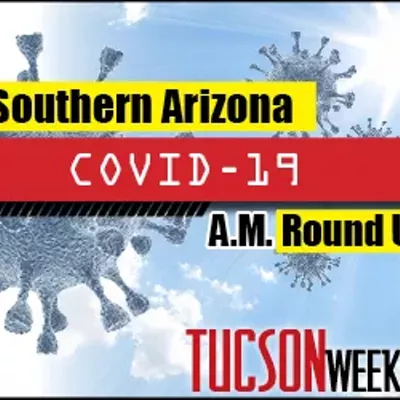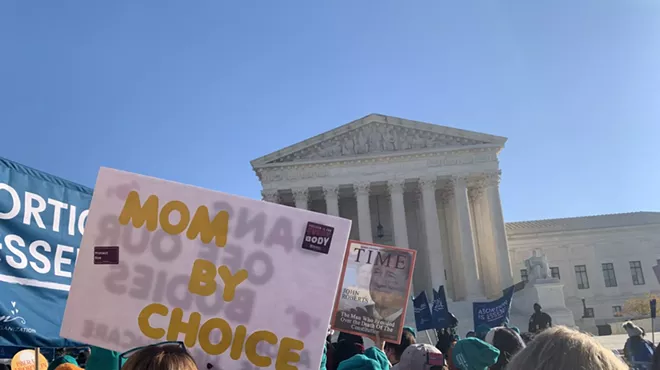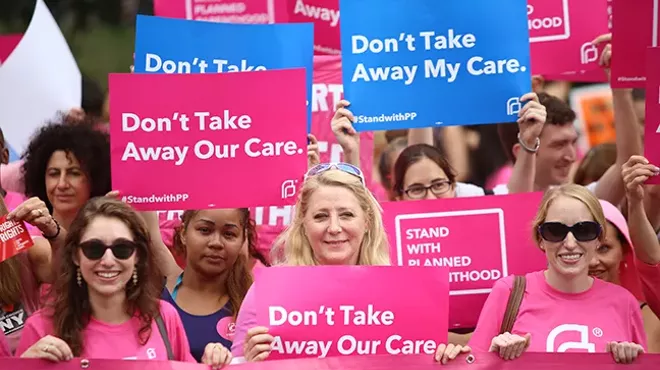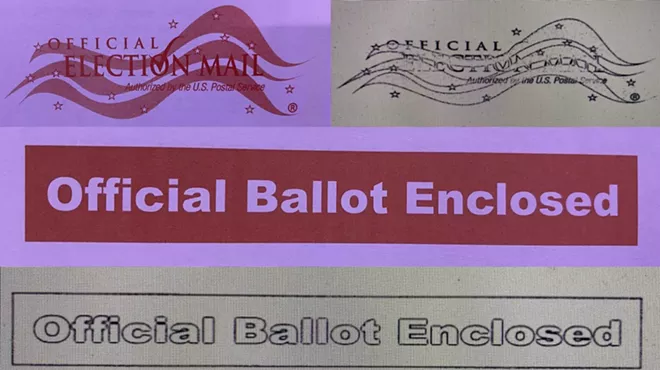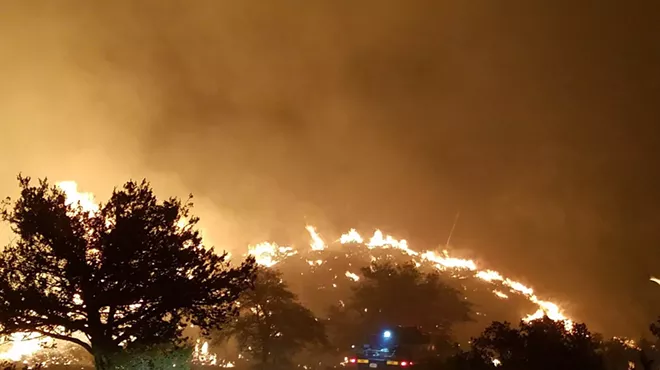Monday, November 23, 2020
Coconino official backs bill to burn forest waste for renewable energy
WASHINGTON – Coconino County Supervisor Art Babbott urged senators last week to pass a bill that would let limbs and trees left over from forest maintenance be burned for renewable energy.
Babbott, testifying before a Senate Energy and Natural Resources subcommittee, said the lack of a market for forest waste has been a bottleneck choking efforts to clear national forests of undergrowth and halt the growth of catastrophic wildfires.
“The rules have changed, we can’t use the same strategies that used to work because they don’t work anymore,” said Babbott, who punctuated his remarks by noting that he had received notice during his testimony of another wildfire breaking out in the county.
The hearing comes during a year in which Arizona has seen a sharp increase in wildfires, with 2,375 blazes so far that have burned more than 955,000 acres so far this year, said Tiffany Davila, a spokeswoman with the Arizona Department of Forestry and Fire Management.
And that pales in comparison to states like California, where 9,279 fires have burned almost 4.2 million acres and led to 31 deaths this year, according to the California Department of Forestry and Fire Protection.
The fires will only get worse, witnesses told the committee, unless action is taken to manage the overgrowth of forests on public lands.
“If we do not have strategies to deal with the tens of millions of tons of biomass and fuel loads on these Forest Service lands, we will not reduce the threats of catastrophic fire and the subsequent ecological sterilization of millions of acres of public land,” Babbott said during his testimony.
The Forest Health and Biomass Energy Act of 2020, sponsored by Sen. Martha McSally, R-Arizona, would help address the problem by making it easier for loggers to collect small trees, limbs and treetops that are removed as part of forest restoration efforts and send them to biomass power plants.
Babbott said the bill “recognizes that unless we deal with the reality that the majority of timber in Arizona’s forests have negative to no value, forest industry cannot play their pivotal role.”
Clearing denser parts of the forest prevents wildfires from getting out of hand – one of the goals of the Four Forests Restoration Initiative, or 4FRI, of which Babbott is chairman.
But he said in his written testimony that effort has only been able to clear 14,000 acres of its goal of 300,000 acres, in part because of a lack of a market for the forest waste collected. By contrast, he said, loggers have cleared six times as much forest near Snowflake because there is a biomass generator there that can burn the wood to generate electricity.
“Biomass energy plays a significant role in the success rate of forest restoration in Arizona,” Babbott said, adding that it is the only viable option if the state hopes to reach its goal of clearing 30,000 to 50,000 acres per year.
The bill faced no opposition at the hearing, with Forest Service Deputy Chief Chris French saying it has “great potential” as a renewable energy source, even though he said it needs a few technical changes before it is approved.
French also said the service supports another McSally bill, one of about a dozen bills the subcommittee took up at the hearing.
The Sunset Crater Volcano National Monument Boundary Adjustment Act would transfer 97 acres from the Forest Service to the National Park Service, which would be able to operate on the land without first getting Forest Service approval. That would “remove a significant bureaucratic compliance burden” for both agencies, French said.
Babbott said that while some have argued details about the biomass bill, the subcommittee needs to look at the big picture and approve the measure to move the conversation forward.
“We must make progress on the biomass question if we are to make progress on reducing the threat of catastrophic fire in our communities,” Babbott said.


